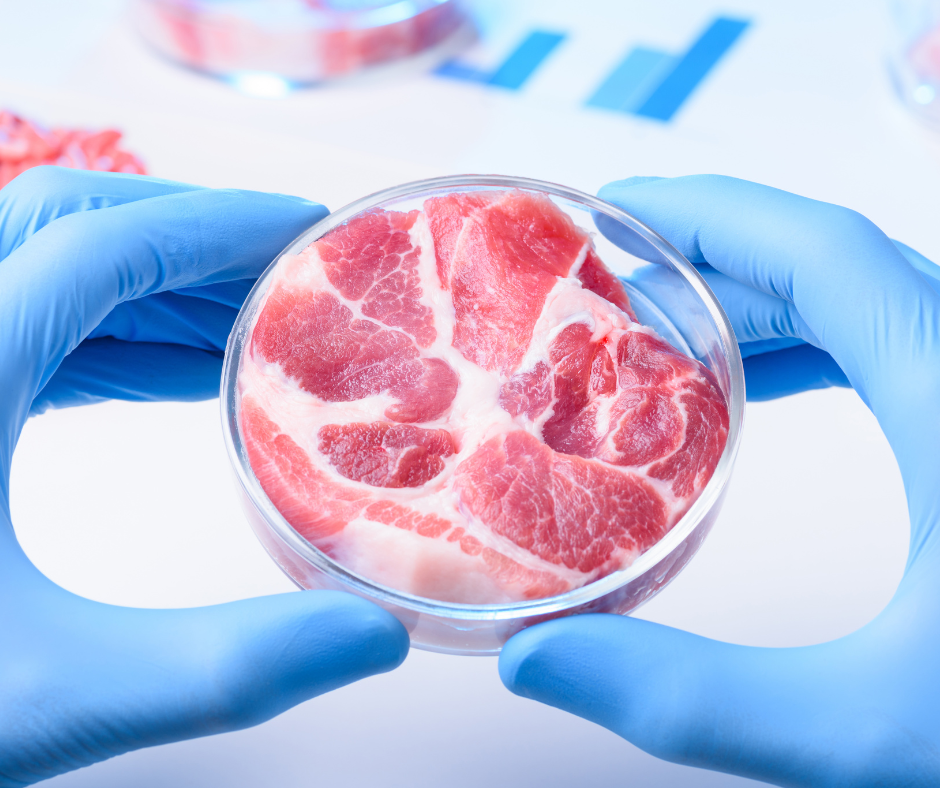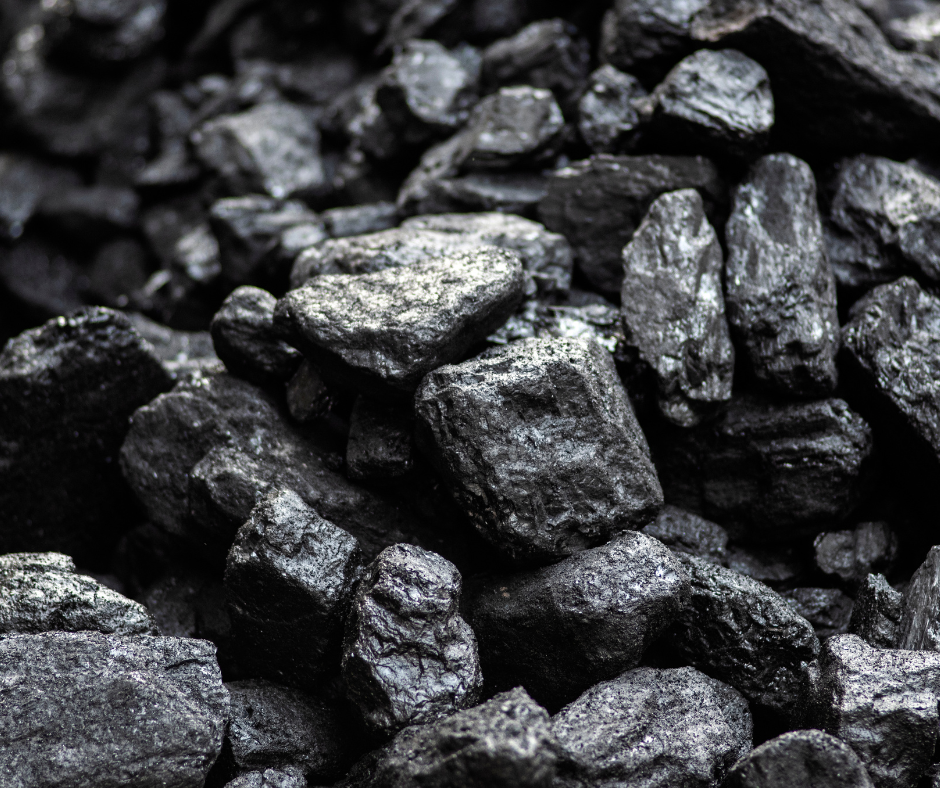Cultivated meat, also known as lab-grown meat or cell-based meat, is a rapidly growing industry that aims to provide a sustainable and ethical alternative to traditional animal agriculture. While the technology for producing cultivated meat has advanced significantly in recent years, there is still much to be done to optimize the production process and ensure consistent quality of the final product.
One technology that has shown promise in addressing these challenges is Raman spectroscopy. Raman spectroscopy is a non-destructive analytical technique that can be used to identify and quantify the chemical composition of a sample. This makes it an ideal tool for analyzing the complex biological components of cultivated meat. In this blog post, we cover the 7 benefits of using Raman for cultivated meat production.
Cultivated Meat: Benefits of Using Raman
1. Better cultivated meat process monitoring
One of the biggest challenges in producing cultivated meat is maintaining consistent quality from batch to batch. Raman spectroscopy can be used to monitor the composition of the cell culture media, the growth medium in which the cells are cultivated, to ensure that it remains consistent and free of contaminants. By monitoring the growth medium, it is possible to optimize the nutrient composition to enhance the growth and quality of the cells.
2. Faster analysis times
Traditional analytical techniques can take hours or days to produce results. Raman spectroscopy, on the other hand, can provide results in minutes, allowing for real-time monitoring and rapid adjustments to the production process. This can significantly reduce production time and costs.
3. Affordability
Raman allows companies to monitor and optimize production processes in real-time, which minimizes waste and achieves more efficient production outcomes. Unlike other analytical technologies, a solid-state Raman system like the MarqMetrix All-In-One does not require costly consumables or constant calibration, significantly lowering the cost of ownership. As the cultivated meat industry continues to scale, Raman spectroscopy could play a crucial role in reducing costs and improving sustainability.
4. Non-destructive analysis
Unlike many traditional analytical techniques that require destructive sample preparation, Raman spectroscopy is non-destructive, meaning that the sample can be reused for further analysis. This makes it a more sustainable and cost-effective option for analyzing cultivated meat samples.
5. High accuracy and specificity
Raman spectroscopy is highly accurate and specific in identifying different biological compounds in a sample. This makes it an ideal tool for identifying and quantifying the complex components of cultivated meat, such as proteins, lipids, and nucleic acids. By understanding the chemical composition of the final product, it is possible to optimize the production process to ensure consistent quality and meet regulatory requirements.
6. Versatility
Raman spectroscopy can be used to analyze a wide range of sample types, including solids, liquids, and gases. This makes it a versatile tool for analyzing different stages of the cultivated meat production process, from cell culture media to the final product.
7. Scalability
Raman spectroscopy can also play a crucial role in helping the cultivated meat industry scale sustainably. As the industry continues to grow and demand for cultivated meat increases, it is essential to find ways to optimize production processes and reduce costs. By reducing production time and minimizing waste, companies can produce more cultivated meat at a lower cost, making it more accessible to consumers.
Final Thoughts
In conclusion, Raman spectroscopy is a powerful analytical tool that can provide a range of benefits for cultivated meat production, including improved process monitoring, faster analysis times, non-destructive analysis, high accuracy and specificity, and versatility. By incorporating Raman spectroscopy into the production process, it is possible to optimize the production of cultivated meat and ensure consistent quality from batch to batch.
Moreover, as the industry scales, there will be a greater need for regulatory compliance and quality control. Raman spectroscopy’s accuracy and specificity make it an ideal tool for ensuring that cultivated meat products meet the necessary regulatory requirements and maintain consistent quality.
Want to learn more about Raman for cultivated protein production? Visit our Industrial Fermentation page.
Have more questions? Contact us.




